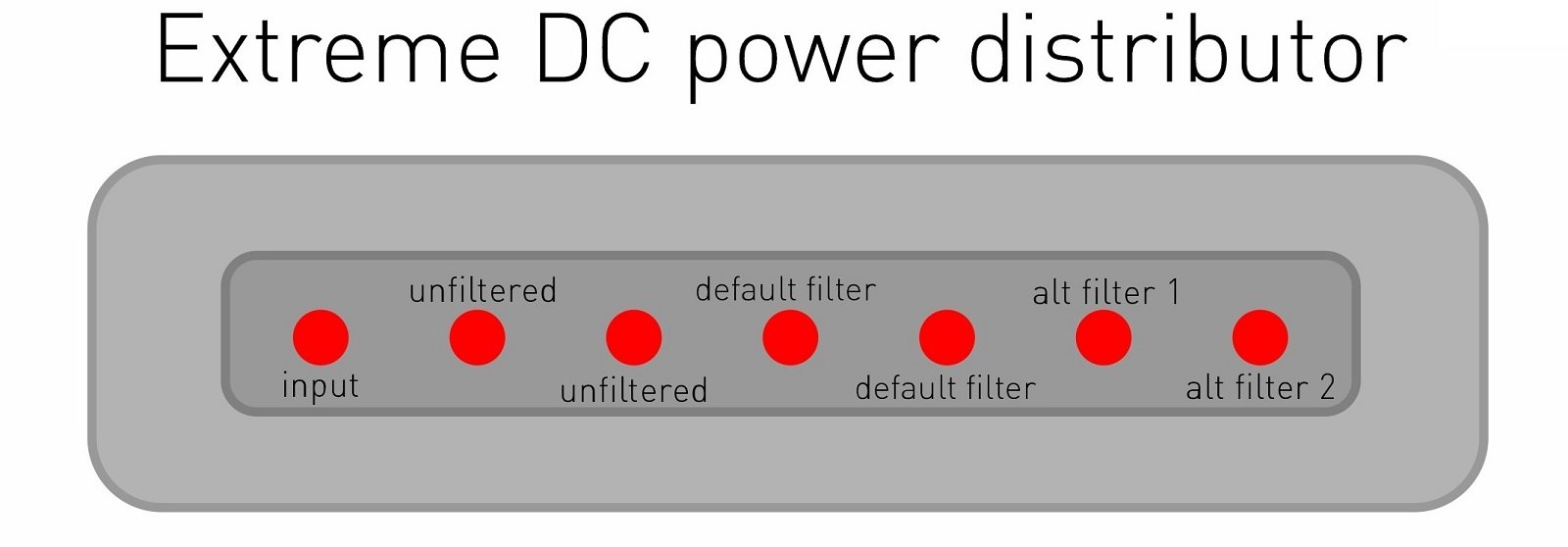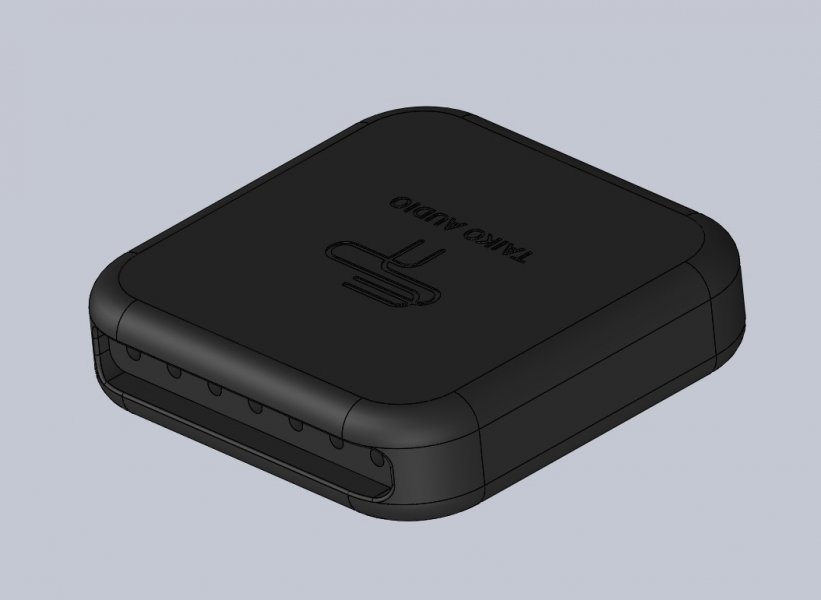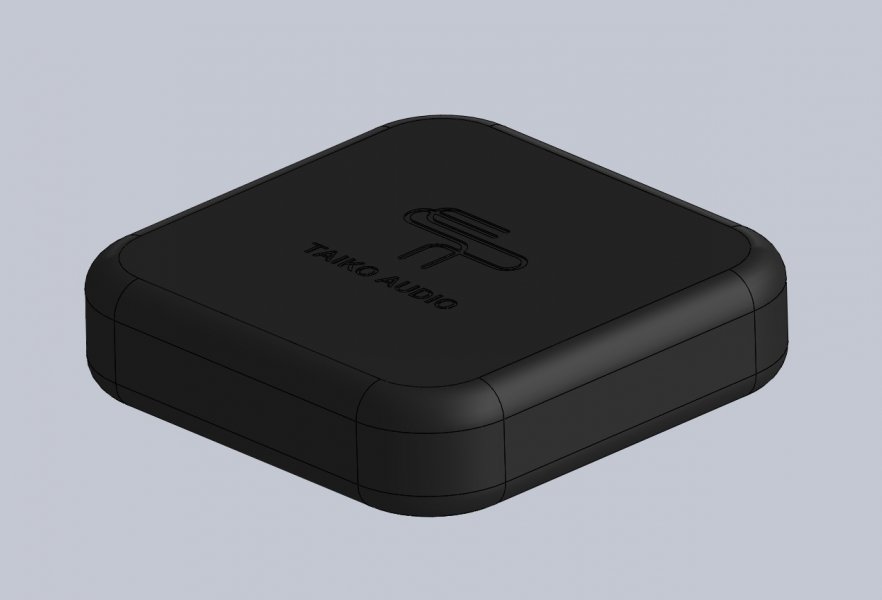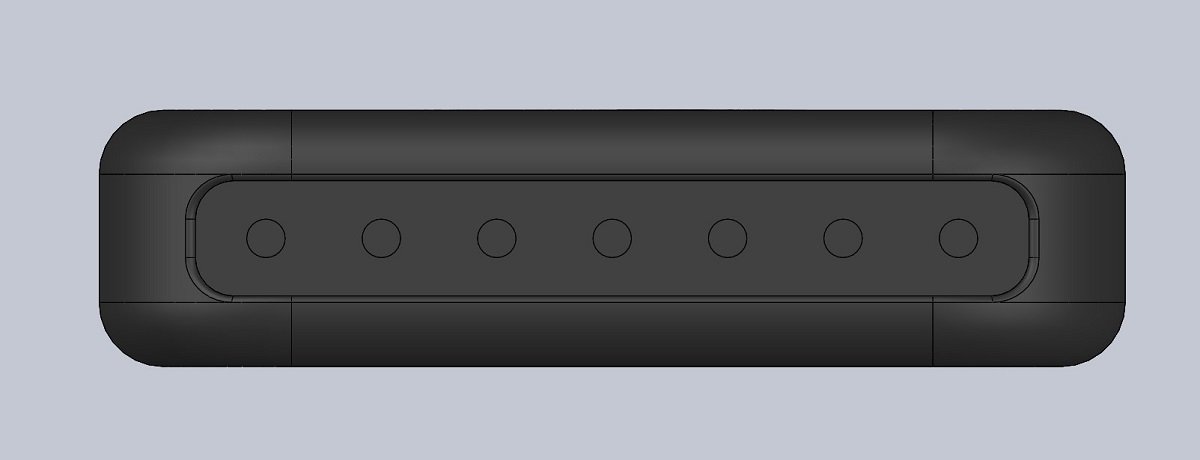Steve Williams
Site Founder, Site Co-Owner, Administrator
I think they called it Clear which I assume is chromeRe: router
Why is chrome (matching the switch) not an option?
I think they called it Clear which I assume is chromeRe: router
Why is chrome (matching the switch) not an option?
To me the likeliest spot will be on the same shelf as the router and switch but at the back of the shelf with the router and switch in the front of the shelf...or is that a mistake on my part. What I am clueless about is the access point. Will everyone need this and if not under which circumstances would it be necessaryOne more: if the switch + network card + router are 100% without the power distributor, where would you and Christian put the combination -with- the power distributor.
It appears you can use your house wifi...To me the likeliest spot will be on the same shelf as the router and switch but at the back of the shelf with the router and switch in the front of the shelf...or is that a mistake on my part. What I am clueless about is the access point. Will everyone need this and if not under which circumstances would it be necessary
That was my thought as well. I hope indeed that is the caseIt appears you can use your house wifi...
Thought this might be a first glimpse of what‘s about to happen once the BPS gets released.
Woman has ‘loud and full body orgasm’ during LA Philharmonic concert
The ground really moved for one woman during the second movement of the LA Philharmonic’s performance of Tchaikovsky’s fifth symphony – when she experienced a “loud and full body orgasm.”nypost.com
I hope she got a good round of applause.Thought this might be a first glimpse of what‘s about to happen once the BPS gets released.
We can only be so lucky!Thought this might be a first glimpse of what‘s about to happen once the BPS gets released.
This would seem the case...I'm guessing on this so....
The dc strip will be a great option for those who decide not to go with bps
However if the Taiko DC power director is not needed for BPS but seems to be integral in the power connection of the switch and router. So if we purchase the DC Power director but don't need it for the BPS would this be something taiko would take back in exchange for purchase of BPSThis would seem the case...




So my questions....
1. If the user ultimately buys the BPS , will we still need the Taiko DC Power Distributor'
2. Will an access point be part of the purchase package and where will it fit in the schematic
3. What type wire is used to connect the taiko DC power director to the Router and Switch
Sure but, a separate Wi-Fi isolates the audio control device from your regular home devicesThat was my thought as well. I hope indeed that is the case
One more: if the switch + network card + router are 100% without the power distributor, where would you and Christian put the combination -with- the power distributor.
About the Taiko Extreme DC power distributor:
View attachment 108693
View attachment 108689
View attachment 108690
View attachment 108691
Specifications:
-Chassis machined from solid copper block
-Size 160*160*40mm, weight 10kg
-1 DC input, 6 DC outputs, 2 unfiltered (pass through), 2 default filters, 2 (differing) alternative filters
-DC connectors: 2.5mm inner diameter, 5.5mm outer diameter, 11.3mm length (same as the switch and router)
-Maximum current capacity 10A, maximum input voltage 25V, voltage in = voltage out, so this would typically be used with a 12V LPS to power multiple 12V devices.
This is a very recent discovery / development as we were working on addressing noise issues associated with wifi access points. Although DC power supply filtering is something we obviously have years of experience with, zooming in on specific aspects of noise, and the way they affect sound quality took an interesting turn with investigating noise generated by devices which are not designed with sound quality in mind. For example the discovery that the degradation caused by wifi noise is in fact not dominated by the airborne / radio function but by it's interaction with the supply it is powered with and how that in turn affects and the mains supply, which powers our entire systems, gave us a different perspective to investigate.
We started analyzing these noise spectra and started designing filters to specifically target this type of noise, only to discover that this is a limited solution, as the supply powering the device is a big part of the equation, to make matters worse, different designs interact differently, with rather dramatic differing effects on sound quality as a result, keep in mind this even applies to a wifi access point which is only connected to the mains, as the connection on the output side of the device is airborne...
While testing a variety of power supply designs and various filters on wifi access points we started including the switch and router which sound quality performance, both being extremely low noise designs, are vastly dominated by the noise generated by the supplies powering them. The switch and router in fact perform better being powered by a single supply in stead of dual power supplies, simply because a 2nd power supply, even a very low noise linear supply, produces more (interacted) noise then the switch and router combined, additionally, when you connect the switch and router with the lowest noise producing option, being a DAC cable, there's a direct/common ground between the 2 devices, which is unfavourable if being "modulated" by 2 different power supplies, simply put, one shared ground is better from a noise perspective, taking into account the very low current draw of both devices. Still the switch drawing 100mA is an unavoidably lower noise device then the router which draws 500mA and which performs more processing. Hence there's a benefit "isolating" these 2 devices from each other while maintaining a common "ground" and reducing total setup noise by using one power supply.
On to the filters. Each of these provide over 80dB of additional noise filtering. Something I wish to add is that each of its 64 parts has been selected by ear, some are exotic and costly, like Duelund capacitors, and each of these have an effect at this level, just a small anecdote of what is involved and how much actual listening went into designing these. We have 2 default filters which we consider to be neutral sounding, they don't change the sound, they just (significantly) improve upon what's there. The extend to which they do that even caught me by surprise, it's far from subtle, perhaps as much as a 20% improvement on the whole package. However, there's more to this story, when I write they don't change the sound from neutral, that is in fact not true, that is referenced to a battery supply I consider to be neutral, the story changes when using different power supplies and when mains "quality" differs. For that reason we included 2 alternative filters allowing you to tune the sound towards getting a neutral balance with varying power supplies and mains conditions. Alternatively you can divert from neutral to taste. These alternative filters allow you to "tune the sound" towards a darker, fuller, more expansive sound, or to a brighter more incisive, and therefor a subjectively more detailed sound.
| Steve Williams Site Founder | Site Owner | Administrator | Ron Resnick Site Owner | Administrator | Julian (The Fixer) Website Build | Marketing Managersing |


